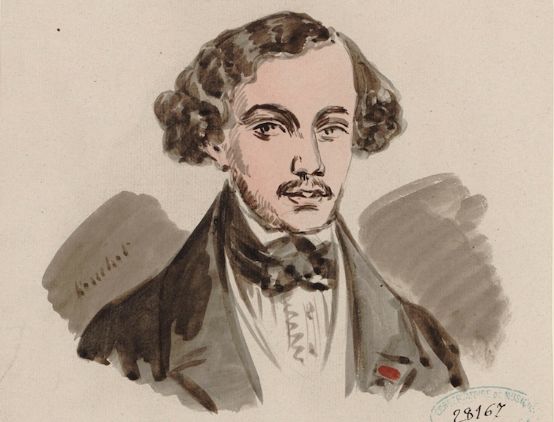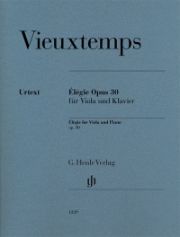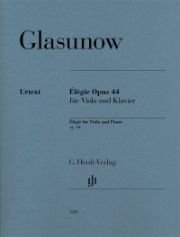Two elegies for viola
Vieuxtemps and Glasunow show the viola to be passionate, brilliant and melodic.

The "lion violinist" Henry Vieuxtemps wrote the Elégie op. 30 as his first work for viola and performed it in St. Petersburg in 1848. As the dedicatee, Count Wielhorski, was also a talented cellist, Vieuxtemps also arranged it for cello. The sombre, passionate F minor mood brightens up in the A flat major middle section, and the recapitulation is followed by a brilliant coda, whose sextuplet pattern also appears beforehand in many surprising transitions and in the piano part. The composer beautifully combines all the viola's registers. The additional part, marked by Tabea Zimmermann, contains all the fingerings of the first edition, supplementing them sensibly but overloading them with too many figures in the same register.
The 28-year-old Alexandre Glazunov, who was already working on his 4th Symphony, created a new work in 1893 with his Elégie op. 44 is one of the most beautiful original Romantic works for viola and piano. The melody, flowing in 9/8 time, is accompanied by a differentiated piano part. As in the Elégie by Vieuxtemps, the piano part is fingered by Klaus Schilde and the viola part is marked by Tabea Zimmermann.
Henry Vieuxtemps, Elégie op. 30 for viola and piano, Urtext edited by Peter Jost, HN 1229, € 11.50, G. Henle, Munich 2014
Alexandre Glasunow, Elégie op. 44, for viola and piano, edited by Dominik Rahmer, HN 1241, € 9.00, G. Henle, Munich 2014








